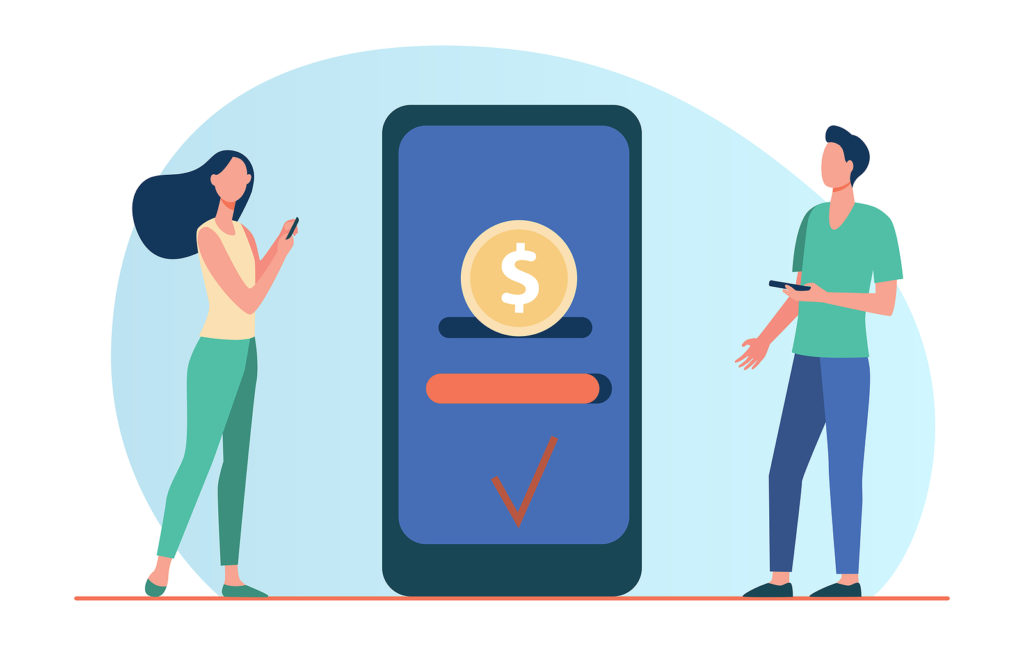
Offering a wide range of payment options gives patients flexibility and control over how they pay for their healthcare expenses. An omnichannel payment strategy allows healthcare providers to expand their patient base to include consumers who may not carry cash and are more likely to pay off their healthcare bills in a timely manner.
This means higher payments for providers and greater loyalty from patients pleased with the convenience of omnichannel payment options.
Why an Omnichannel Payment Strategy is Necessary for Healthcare
The rise of digital transformation and self-service automation in recent years has pushed healthcare organizations to support multiple payment methods. Not only that, but consumers have a lot of choices in their everyday lives when it comes to the devices and the channels in which to interact with businesses. This multitude of choices comes with high expectations. No matter what channel consumers choose, they expect a fast, frictionless, and secure experience.
In order to meet these expectations and get ahead in today’s healthcare environment, provider organizations should be continually evolving their payment offerings. It’s important to note that consumers don’t think about what channel they are using – they just want the fastest and easiest path to what they are seeking.
How to Shift Your Healthcare Organization’s Payment Strategy
In order to survive in the competitive healthcare payment landscape, it’s important for providers to meet patients where they are. Let’s explore what this means exactly:
- Consumers often shift between multiple channels, sometimes using them all at the same time. Providers should choose solutions that can support this behavior seamlessly.
- Payment options should meet customers in the channel of their choice, integrating all touchpoints and channels into one, unified customer experience.
- Efficiency and superior customer service should be the main priority across all channels
Ultimately, the ability to transact, connect with, and support consumers in the channel of their choice – whether it be voice, digital, or in-person, will give healthcare organizations the opportunity to significantly increase revenue.
Improving the Checkout Experience for Healthcare Consumers
One way to notably improve the checkout experience for healthcare consumers, specifically when they use voice or digital payment methods, is to offer a credit card on file system. This payment system offers a variety of benefits for healthcare practices.
- Avoid waiting months to receive payment – a credit card on file (CCOF) system allows providers to charge the patient up to a certain, agreed-upon amount instantly.
- Reduce the amount of time and resources it takes to manage multiple billing statements. Spending just a few minutes to collect a payment using a credit card on file is more efficient than the hassle of sending multiple bills or even starting the collection process.
Patient Loyalty – A Driving Factor of Success
Providing a positive customer experience across all payment channels helps healthcare organizations boost revenue and keep patients coming back. When presented with a payment experience that is fast, easy, and secure, consumers tend to be more valuable and loyal – spending more time on each transaction, making repeat visits as necessary, and more likely to recommend your organization over single-channel practices.
For providers, this means a decrease in outstanding bills, higher revenue, and greater customer satisfaction and loyalty.
